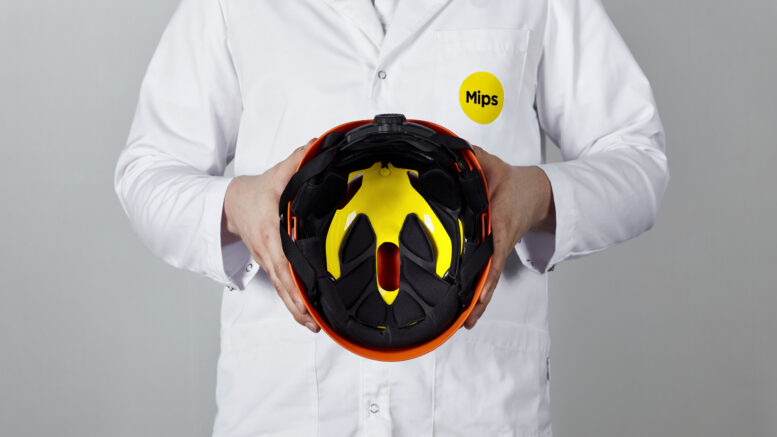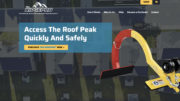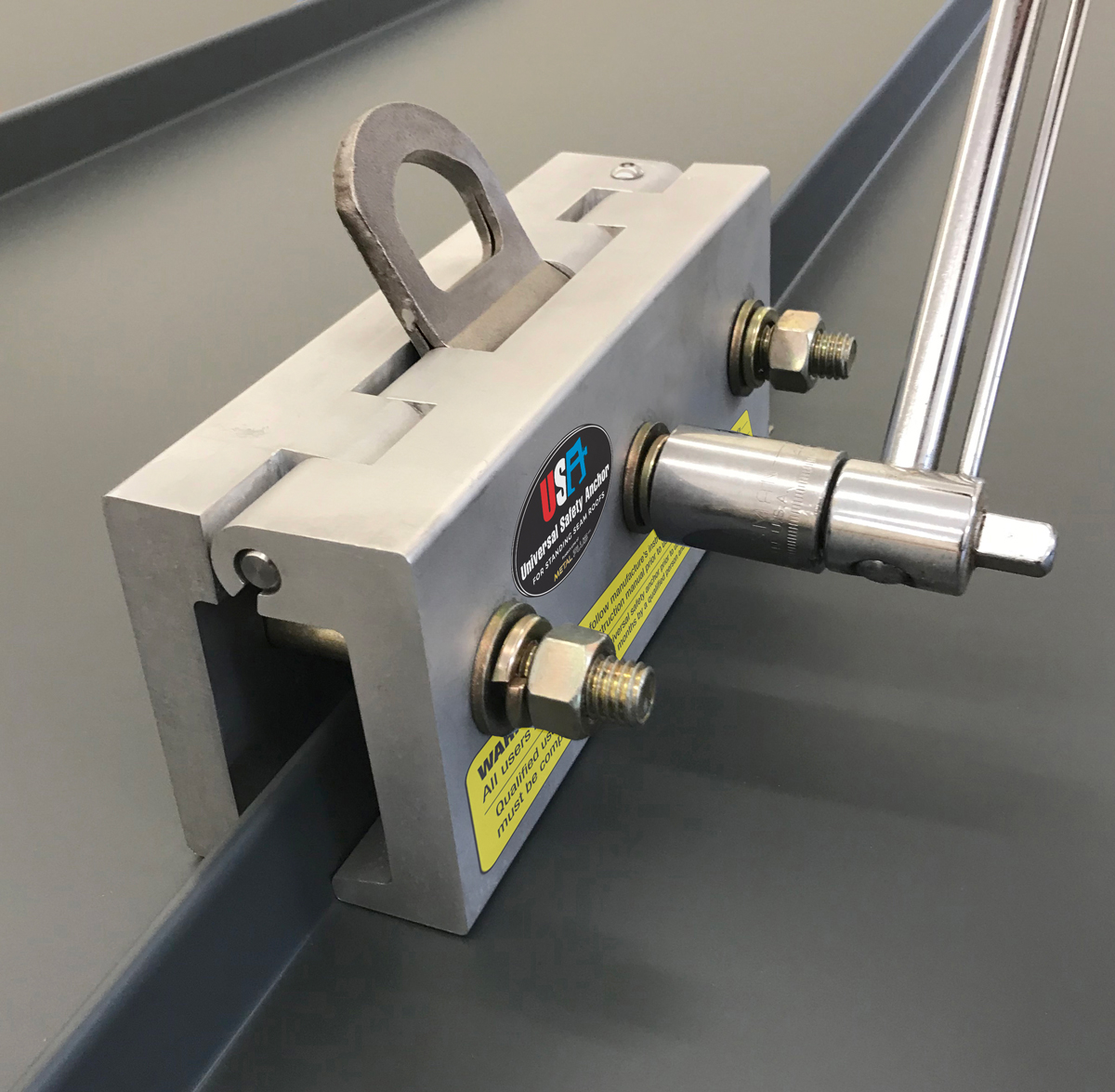According to the U.S. Department of Labor’s Bureau of Labor Statistics, the roofing industry had a fatal work injury rate of 59 per 100,000 full-time equivalent workers in 2021, making it the third deadliest occupation in the United States, following logging and fishing/hunting. The Bureau also notes that falls from roofs accounted for over one-third of fall-related fatalities in construction from 1992-2009, and non-fatal falls often result in severe injuries. In 2020, slips, trips, and falls caused 21,400 non-fatal workplace injuries in the construction industry.
While the Occupational Safety and Health Administration mandates the use of hard hats or safety helmets for those at risk of head injury from impact, falling objects, electrical shock, or burns, roofers remain vulnerable to accidents on the job.
Know Your Risk
Understanding the risks associated with traumatic brain injuries (TBIs), which impact how the brain functions, is key to enforcing workplace safety. Accidents like slips, trips, and falls can carry serious consequences. When a person’s head strikes the ground, the impact typically occurs at an angle, exposing them to rotational motion. Rotational motion involves the combination of rotational forces (from angular acceleration) and rotational energy (angular velocity). If the brain is subjected to rotational motion, the movement of brain cells relative to each other can cause shearing, resulting in damage to the brain’s axons, the cable transmitters of neurons.
Different accidents can cause different types of injuries. Rotational motion can lead to diffuse injuries like diffuse axonal injury and subdural hematoma, while linear impacts to the head can cause focal injuries such as fractures and contusions. Often, real-life accidents involve a combination of rotational and linear motion, increasing the risk of injury.
The Evolution of Helmets
Hard hats can be traced back to World War I, with the development of the Hard-Boiled Hard Hat, made from boiled leather and metal, in 1919. Subsequent advancements led to the creation of helmets made from aluminum, fiberglass, and plastic. Despite incorporating attachments for face shields, hearing protection, integrated eyewear, and rated chinstraps, in many ways today’s helmets closely resemble those designed over a century ago.
PPE Today
There are two helmet types under the ANSI/ISEA Z89.1 standard: Type I and Type II. Type I helmets offer protection against forces to the top of the wearer’s head, while Type II helmets are designed to also safeguard against lateral or side impacts, which can result from blows to the top, front, back, or side of the head.
To receive classification under the ANSI/ISEA Z89.1 standard, helmets must undergo five performance tests: flammability, energy attenuation, force transmission, apex penetration, and electrical insulation. Force transmission tests the helmet’s ability to reduce the force of linear impact to the crown of the head, while energy attenuation tests impacts to the front, rear, and sides of the helmet. There are currently no tests to determine the impact of rotational motion being conducted within the standards.
In the roofing industry, some employers mandate the use of Type II helmets, which can include chinstraps. Still, chinstraps are often seen as optional at many worksites. Using a chinstrap can offer better safety than helmets without them in accidents involving slips, trips, and falls since the helmets are less likely to fall off your head. Nevertheless, helmet standards should also look to consider rotational motion and its dangerous effects to ensure enhanced safety for workers.
About the author:Joe Brandel is Business Development Manager for North America, Industrial Safety for Mips AB. For more information, visit mipsprotection.com.





Be the first to comment on "The Evolution of Helmets: Why Current Regulations Aren’t Doing Enough to Safeguard Against Injuries"